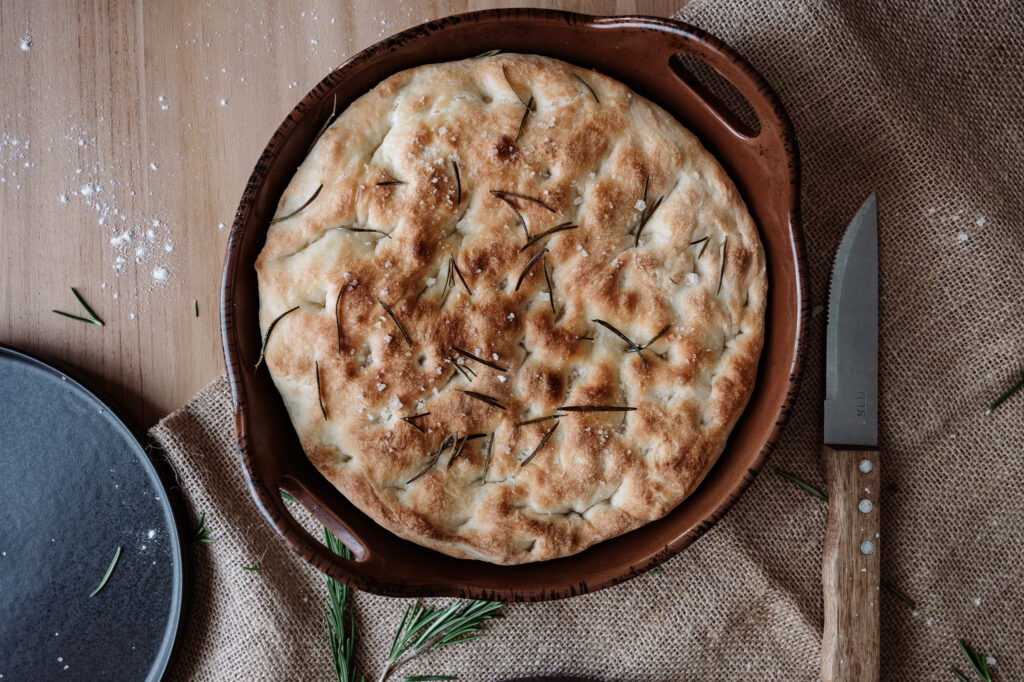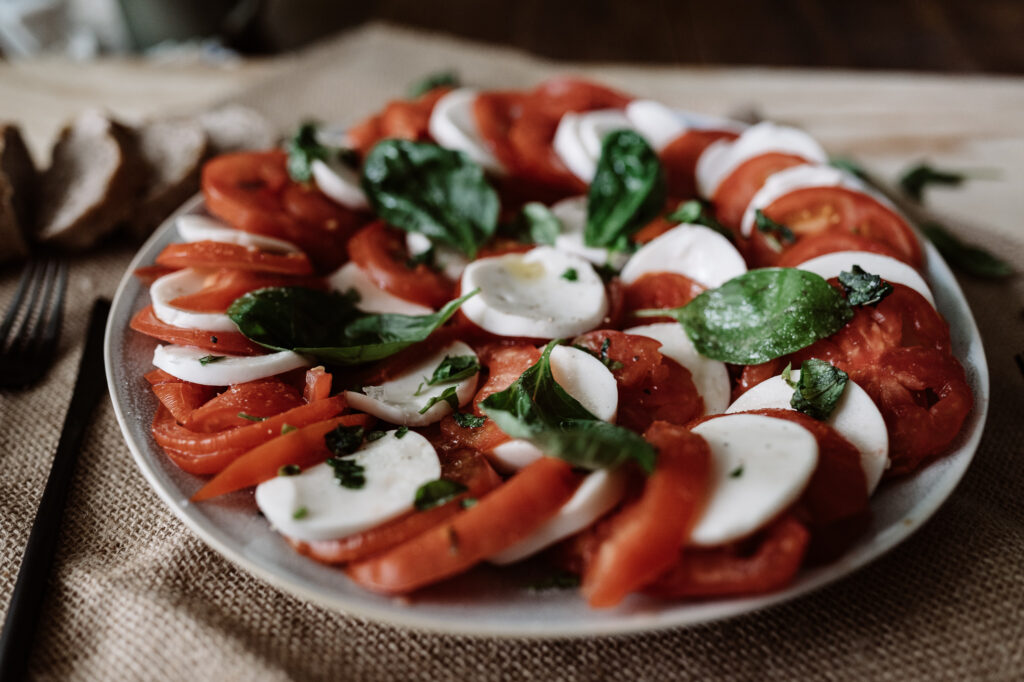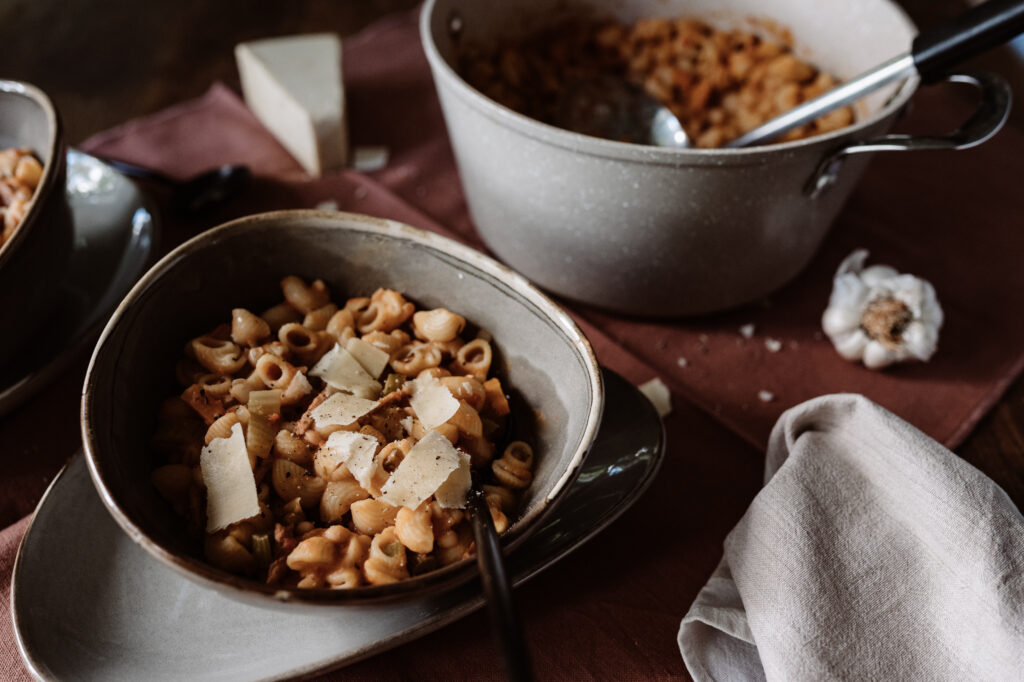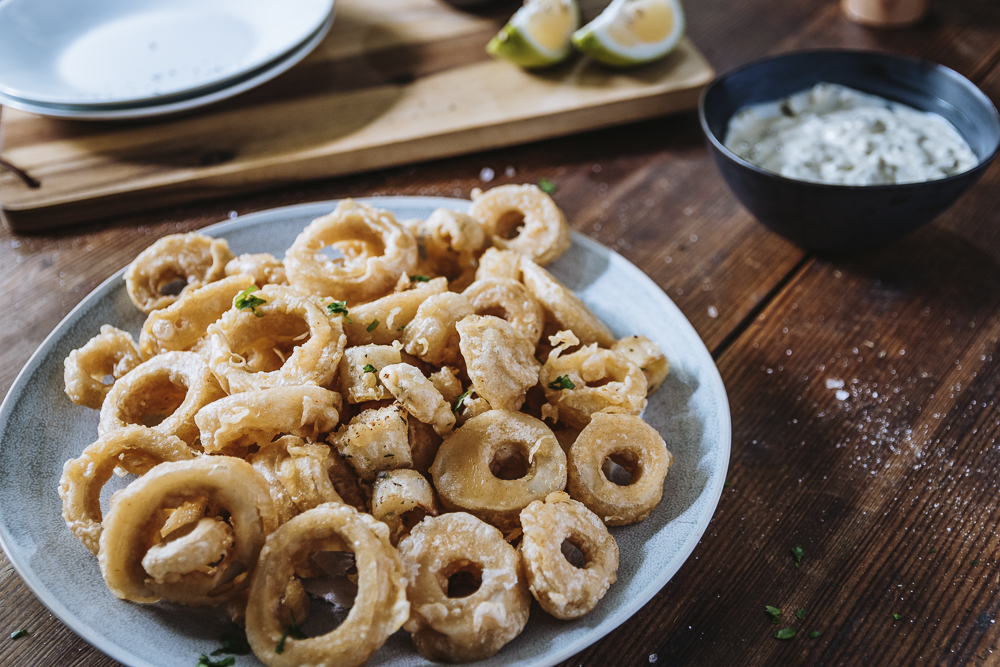
FOCACCIA
Some things never get too old, like this centuries-old Italian bread, which is a perfect dish for any occasion.

Italy
Italian cuisine is Mediterranean cuisine, which is one of the most famous and beloved cuisines in the world. It consists of the ingredients, recipes and cooking techniques developed on the Italian Peninsula since antiquity, and later spread around the world through many migrations of Italians.
Italy encompasses a large area in southern Europe with a small part of that area bordering France, Switzerland, Austria and Slovenia to the north and the rest being surrounded by the Mediterranean and Adriatic sea. This and the long history of Italy resulted in many different regions, which can also be seen in its cuisine. Italian cuisine is characterized by deeply rooted traditions common to the whole country, as well as all the regional cooking styles and eating habits which vary from area to area. It has also been heavily influenced by the changes that have taken place in the world throughout history and it has evolved and changed through long and rich history. Today, Italian cuisine is one of the most popular and copied cuisines in the world, which also influenced many other traditional cuisines.
The history of Italian cuisine started with the Roman Empire, which was one of the biggest and longest-reigning Empires in history. It was established in the 6th century B.C. and lasted till the 5th century A.D., and it stretched from South-West Europe to Arabic and African territories. Because of such a vast number of regions and different cultures that inhabited the Roman empire, the cuisine was a melting pot and included food, spices and grain that originated in these regions. It was common to prepare banquet evenings with an abundance of food and wine amongst the wealthy Romans. They embraced the variety from different regions which were served at those banquets. The common people, however, followed what we today know as the Mediterranean diet, consuming bread, olive oil, cheese, cereals, and vegetables.
After the invasion of Barbarians and the fall of the Roman Empire, the Italian cuisine of that time started to change. The Barbarians were introduced to roman ingredients and beverages such as olive oil and wine, but they brought other ingredients including beer and butter to the region. They were also less keen on banquet-style eating and preferred consuming their food in less lavish styles.
With the end of the Roman Empire and the expansion of Christianity, stricter rules for what people should eat were imposed. Fasting became a norm, meals were rather humble and meat was also less consumed during this period. During this time Sicily was ruled by the Arabs, which influenced the region’s cuisine and introduced spices, dried fruit, and dried herbs. Additionally, it is strongly believed that Arabs brought the most important ingredient of Italian cuisine, with which many Italians identify today – pasta. However, the exact origin of pasta in Italy is hard to define. Contrary to a popular legend that claims that Marco Polo brought pasta to Italy from China, following his exploration of the Far East in the late 13th century, pasta was most likely introduced to Italy by nomadic Arabs. Nevertheless, some historians believe that pasta in Italy can be traced back as far as the 4th century B.C. when an Etruscan tomb showed a group of natives making what appears to be pasta.
Through time Italian cuisine flourished and regained new life during the late Middle Ages and the Renaissance. Food became a status symbol and it symbolized wealth. The banquet-style dinners with an abundance of food were once again popular. Furthermore, cooking became somewhat of an art form.
Trading with other countries was on the rise as well, and new ingredients were introduced to Italy. After the discovery of America in 1492, corn and tomatoes came to Italy, and tomatoes quickly became as important as pasta is in Italian cuisine.
But probably the most influential time in the history of Italy and its cuisine was in the 19th century after the unification of Italy in 1860. During this time there were some fresh insights into food, which was not solemnly seen as something to satisfy hunger. Through technological advancements and the use of fertilization, which increased agricultural production, the cost of food had fallen and a diverse diet became more accessible to a larger number of the population. The invention of sterilization and pasteurization also helped to make food accessible to more people, as it could be packed and stored for a longer period. During this period modern pizza – one of the world’s most favorite dishes – was born. Pizza maker Raffaele Esposito created the “Pizza Margherita” for the Queen consort of Italy, Margherita of Savoy, wife of King Umberto I. It contained only tomatoes, mozzarella, and basil, representing the colors of the Italian flag. After that, the popularity of pizza started to grow, first with tourists visiting Naples, and later pizza reached all parts of the world, becoming one of the most consumed dishes in the world.
At the beginning of the 20th century, technological advancements and inventions continued, further changing the cuisine and the way of living in Italy. Travel and communication with other countries and cultures became easier, which influenced the cuisine and brought new ingredients to Italy. The number of restaurants and taverns was rapidly increasing, offering traditional dishes to locals and tourists.
However, with the First & Second World Wars hunger took over, not only in Italy but across other countries in Europe as well, which had a huge impact on the cuisine of Italy. Food had to be rationed since ingredients such as sugar, bread, salt, and butter were low in quantity and meat was scarce as well.
During the 50s – 70s years of the 20th century, as the economy slowly recovered from World War II, new technological advancements and cultural and societal shifts had an important impact on the food in Italy. The introduction of gas cookers and ovens made cooking more efficient and convenient. Women started to enter the workforce, spending significantly less time cooking and preparing meals, which resulted in the rise of quick meals, and pre-made and processed foods. The dishes became rather simple, including only a few ingredients, as time was of the essence. The rise of fast food also gained traction in Italy, and it became quite popular in the 80s and 90s. Fortunately, today Italian cuisine seems to start going back to its roots, reviving culinary traditions and revisiting and reinventing some centuries-old recipes.
Generally, Italian cuisine can be characterized as cuisine of regions, as almost every region in Italy has somewhat of a unique approach to cooking.
The northern part of Italy, for example, doesn’t embody the typical Mediterranean diet – butter is used in the preparation of food more than olive oil, while risotto and polenta are more consumed than pasta. Due to its vicinity of the neighboring countries – Austria, Switzerland and France – the cuisine of northern Italy is under the high influence of central European cuisine. The cuisine of this region is hearty and includes more meat dishes compared to the rest of the country which is more seafood oriented.
The area around Tuscany in the central part of Italy relies heavily on fresh seasonal and regional ingredients. This area is famous for its olive oil and therefore it is used in large quantities. The cuisine of this region is lighter and it includes a lot of vegetables, fruits, and less meat. It embodies the Mediterranean diet.
Southern Italy is heavily reliant on seafood. Because of its history, couscous and rice have an important part in the cuisine of southern Italy.
Although there are many vegetarian dishes in Italian cuisine, vegan choices are very scarce. However, due to the rising popularity of veganism, supermarkets and restaurants in Italy are starting to adapt and are providing more and more plant-based choices for the ever-growing number of vegans.
Also worth mentioning is that foreign cuisines, especially Japanese, Indian, or South American are gaining popularity in Italy.
Cuisine, cooking, and everything related to food plays a very important role in the life of every Italian. Preparing food and eating is a very social activity, spent with friends and family. Italians also care deeply and lovingly about families’ cooking history, and pass their recipes through generations with care and pride, symbolizing roots and very rich heritage.

Some things never get too old, like this centuries-old Italian bread, which is a perfect dish for any occasion.

Italian tricolor flag on a plate – this tasty and easy-to-make salad is a perfect dish for hot summer days.

A classic of Italian cuisine, pasta and beans is a creamy, nutritious dish, which tastes even better the next day.

This classical summer appetizer, which brings the taste of the sea to your plate, is the perfect finger food.

Deliciously crispy, colorful and healthy, Italy’s favorite appetizer is perfect in every way!
Thank you for taking your time and reading our recipes! We hope that we have inspired you to try out some dishes.